Industrial wastewater from oil refineries and sites polluted by oil spills usually contains complex mixtures of organic pollutants that persist in the environment, harming organisms and ecosystems. Now, an engineered microbe could help break down such pollution.
Naturally occurring bacterial strains have been shown to degrade some individual hydrocarbon pollutants but they cannot treat complex mixtures of organic pollutants because their catabolic enzymes are specific to a single component or a few structurally related compounds. What’s more, they are often sensitive to high salinity, limiting their effectiveness in remediating marine areas. Meanwhile, previous engineered strains have focused on a single pollutant.
Now, Hongzhi Tang at Shanghai Jiao Tong University, China, and colleagues at other Chinese institutions have genetically modified the microbe Vibrio natriegens, a common species used by synthetic biologists, to degrade five different hydrocarbons – biphenyl, phenol, naphthalene, dibenzofuran and toluene – in industrial wastewater, seawater and contaminated saline soil.
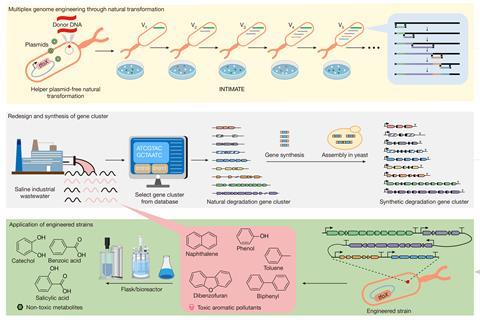
The team says it picked V. natriegens because it is the fastest-growing bacterium, is salt tolerant and can already efficiently convert a variety of carbon sources into valuable bioproducts.
Engineering hurdles
To begin, the researchers first inserted a master regulator gene into chromosome 1 of V. natriegens. This was overexpressed to enhance its ability to uptake and integrate subsequent artificial gene clusters, which would ultimately enable the microbe to produce enzymes to degrade the target pollutants. Initially, nine such gene clusters were chemically synthesised in vitro, assembled in yeast and inserted into the microbe’s genome, creating different strains to determine each cluster’s remediation potential.
Five gene clusters were selected based on their remediation performance, but the team faced a hurdle. ‘The biggest challenge was how to insert multiple degradation gene clusters, some of which are longer than 10kb, into the genome of V. natriegens,’ says Tang.
Their solution was to devise a new genetic engineering technique, which involved a series of incremental steps based on natural transformations in the bacterium to introduce each cluster separately, one after the other, until a final strain called VCOD-15 contained them all.
Initial tests showed that the five target pollutants could be degraded by VCOD-15 in a flask. Further experiments in scenarios closer to real-life situations revealed that the pollutants were degraded in industrial wastewater and saline soil using activated sludge bioreactors and a pot array, respectively. The team determined that the five pollutants were converted into three naturally occurring compounds: salicylic acid, catechol and benzoic acid, which were then metabolised by other bacteria in the wastewater or soil.
‘Not only were we surprised to find that a single strain could remediate five pollutants but that VCOD-15 could decrease the concentrations of all of the pollutants lower – to 2% of the initial concentrations,’ says Tang.
‘This work represents an exciting step towards the real-life application of genetically enhanced marine bacteria for bioremediation,’ comments Lennart Schada von Borzyskowski, who engineers bacterial metabolism at Leiden University, Netherlands. He says he’s particularly impressed with the new method that enabled five large gene clusters to be integrated. ‘However, further metabolic engineering for the complete mineralisation of the targeted pollutants and the establishment of biocontainment systems are still required.’
Experiments by the researchers have already shown that the engineered microbe can colonise industrial wastewater and saline soil. ‘Considering that VCOD-15 has a chloramphenicol resistance gene, releasing it to the environment may also increase the risk of resistance genes spreading through horizontal gene transfer,’ explains Tang. ‘At present, we plan to use VCOD-15 for bioremediation of wastewater and soil in a closed container and recover the strain at the outlet of the container using a filtration device.’
References
C Su et al, Nature, 2025, DOI: 10.1038/s41586-025-08947-7

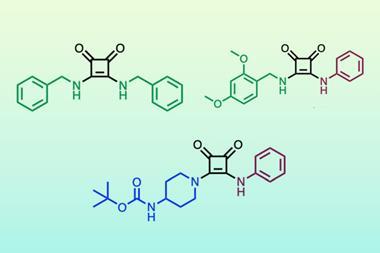


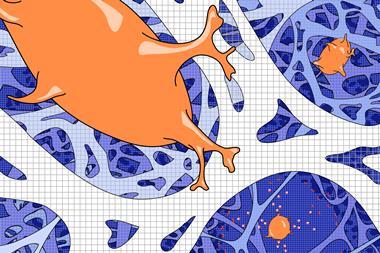
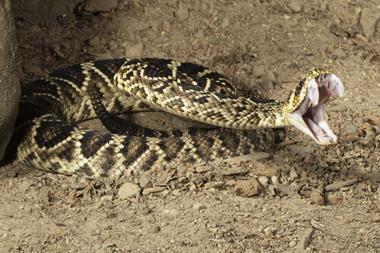



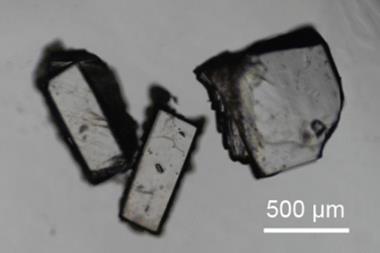
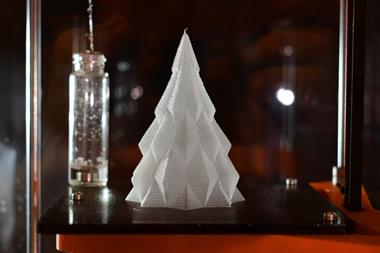
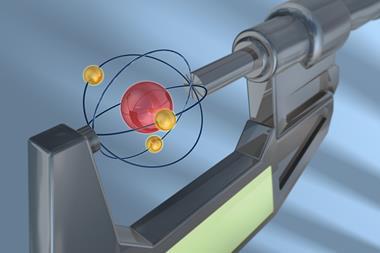
1 Reader's comment